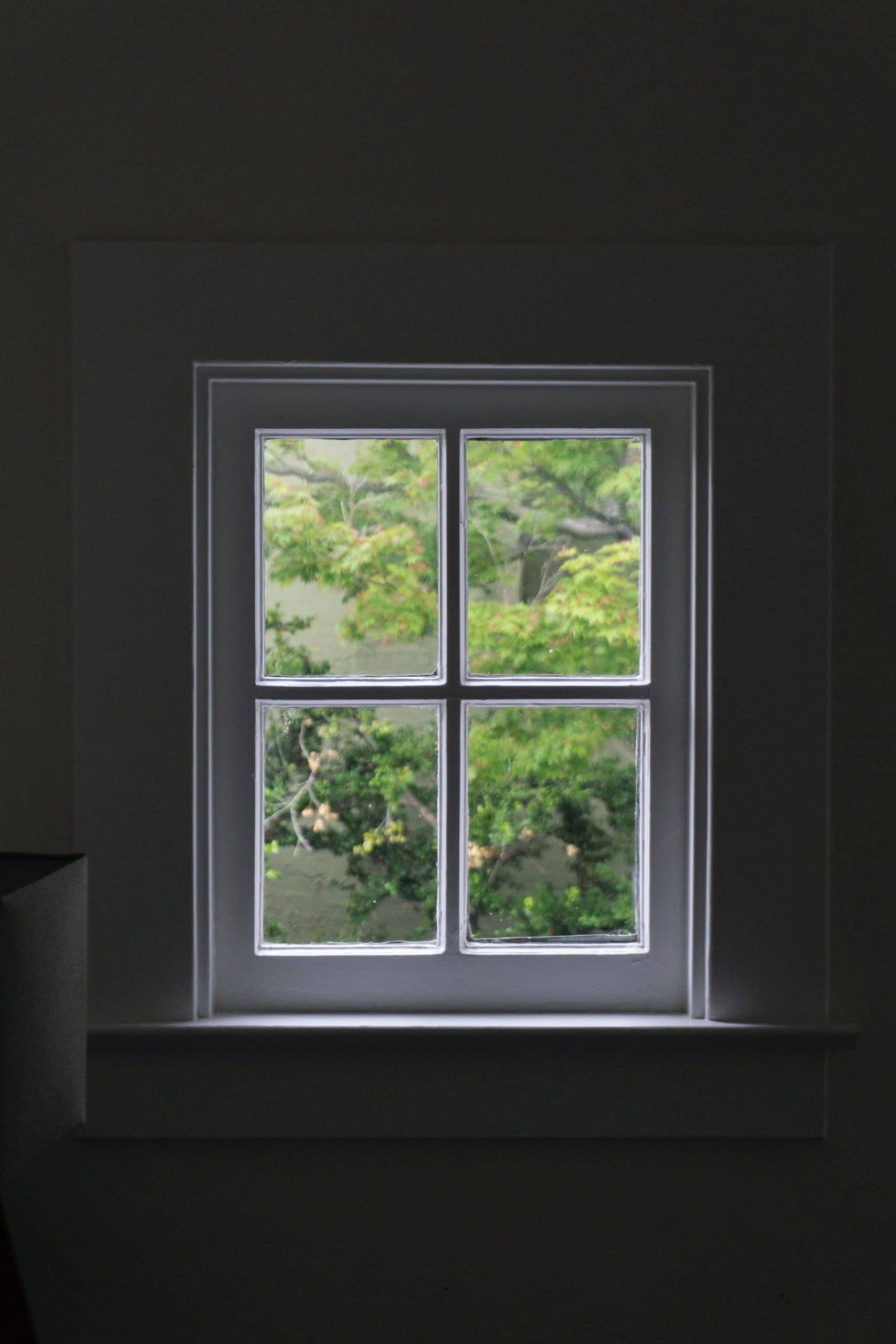
Tips On How To Provide Your Plants With Enough Water
Kurt Allen
- 127
It’s springtime, and with the warmer weather comes green, growing things. If there’s anything we want to make sure is flourishing in our homes, it’s plants—and providing them with enough water is key to making sure they thrive.
When the weather is warm and dry during the winter months, plants may need watering more often. Keep these tips in mind when you are watering your indoor plants during wintertime: Be careful not to overwater your plants. Most plants need less water in the winter than they do during other seasons. However, some plants (such as succulents) actually require more frequent watering in the winter due to the lack of moisture in their native environment.
There are a few ways you can tell your plants need more water. Some show signs of wilting leaves or drooping buds that may have become dry and brittle. Other types of flowering plants will have their blooms turn brown or black during drought periods.
The key is knowing when to give your plants a drink, rather than over-watering them and potentially drowning the roots. Over-watering can cause plants to develop root rot, a condition where the roots turn brown and rot and eventually kill the plant.
One way most people tell if their indoor plants need water is by checking their soil’s humidity levels. If it feels dry, they know it’s time to water that plant. However, if a plant requires watering every week even though its soil stays moist, you may need to look deeper into its health.
To check for proper watering, take a handful of soil from the plant’s root area and squeeze it in your hand. If it forms a hard ball that doesn’t break, the plant needs water. If it breaks apart easily or feels dry and floury, then you don’t need to provide water just yet.
If the soil feels hard, try watering the plant a few more times over the next week or two. If it still feels dry and doesn’t have any watermelon-like consistency, then it’s time to give that plant some TLC. Often time’s indoor plants are stressed, so they may not be performing to their full potential. But with a little extra TLC, they will bounce back and once again be healthy and happy!
When watering your indoor plants, make sure to inspect the soil before you water. If it feels dry and dusty, it needs water. If the soil is dry but remains hard and firm, skip a week or two of watering. Soil that stays mushy and wet due to frequent watering can cause root rot, which in turn kills the plant.
Here are a few tips on how to thoroughly water your plants:
- Remove any dead leaves from the plant using clean pruning shears. This will allow you to see any damaged or discolored areas on the leaves. It also makes it easier for you to determine how much of the plant is actually alive, as well as how much you’ll likely have to cut off during pruning later on.
- Use a soil moisture meter (you can pick one up at most hardware stores or nurseries for about $10) or use a chopstick to check for moisture in potting soil. Soil that remains damp throughout is healthy, but soil that is moist only around the edges indicates your plant needs water.
- Use a water bottle or spray bottle to water plants that are growing indoors. If you’re hand-watering indoor plants, fill a sink with warm water and place the plant in it—as long as it isn’t sensitive to the temperatures. Let the soil absorb the warm water and then take the plant out of the water. If you don’t have access to a sink, fill your bathtub and place your plants in containers in potting soil into the tub for about 15 minutes.
Conclusion
Following these tips will help ensure your plants are receiving the right amount of water they need to grow healthy and strong.


